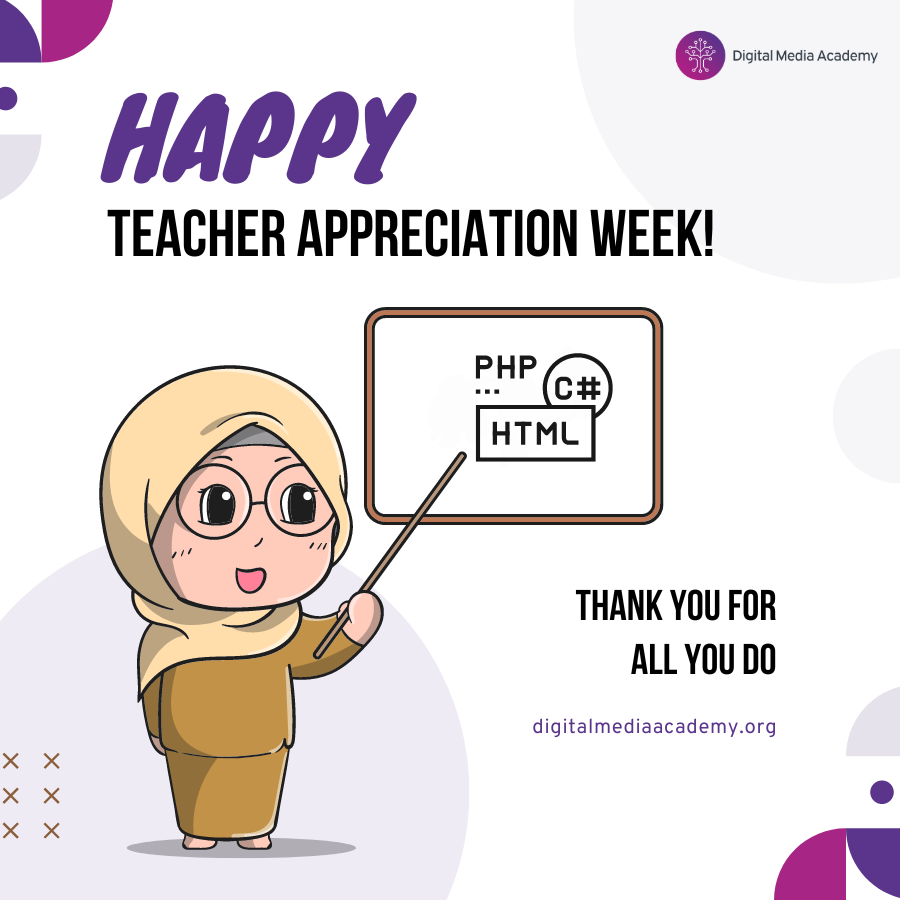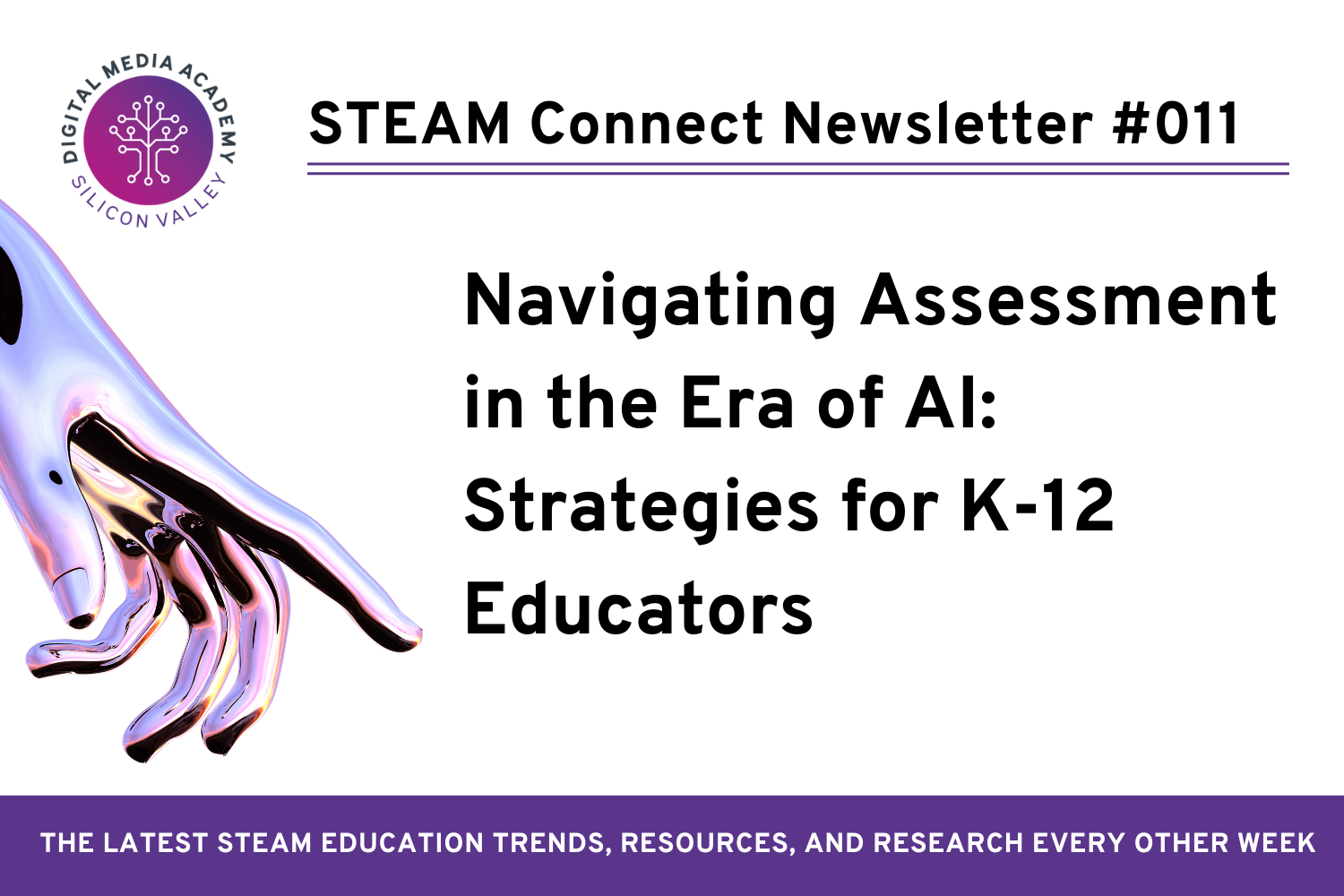Dear STEAM Enthusiasts,
Happy Teacher Appreciation Week!
This issue delves into the ever-evolving world of AI in education, specifically focusing on assessing student work created with the assistance of AI tools.
As AI plays an increasingly prominent role in classrooms, educators grapple with how to evaluate student learning accurately and effectively. Here, we explore strategies and considerations for assessing student work when AI is involved.
Let’s dive in.

The Power of AI in Learning
AI-powered tools like writing assistants, adaptive learning platforms, and educational bots are transforming STEAM education. Imagine a student using an AI writing assistant to brainstorm ideas for a historical fiction story. Or, picture a class collaborating on a science project, utilizing an AI research tool to analyze data sets.
As we encourage students to actively engage with these new tools, how do we assess students’ AI-supported assignments? How do we know where AI-generated content ends and student learning begins?
Assessing AI-Supported Work
Pre-Assignment Exploration
- Research the AI Tool: Explore the functionalities and limitations of the AI tool students will be using before assigning the work. This allows you to understand what tasks the AI can potentially complete and what aspects require critical thinking and input from the student.
- Transparency with Students: Discuss the AI tool’s capabilities and limitations with students upfront. Explain what the AI can generate and what the student’s role is in utilizing its output effectively.
Crafting the Assessment
- Focus on Higher-Order Thinking Skills: Design assessments that go beyond simply evaluating the final product generated by the AI tool. Ask students to explain the rationale behind their choices when using the tool, critically analyze the AI’s output, and demonstrate their own understanding of the subject matter.
- Open-Ended Questions: Incorporate open-ended questions that require students to explain their thought processes, interpret data generated by the AI tool, and draw conclusions based on their analysis. This can reveal the student’s understanding beyond what the AI might have produced.
Process Evaluation
- Project Checkpoints: Implement checkpoints throughout the project where students showcase their progress and explain how they used the AI tool.
- Student Self-Reflection: Encourage students to reflect on their learning process, including how they used the AI tool and what they learned from it.
- Peer Review and Collaboration: Incorporate peer review activities to promote critical thinking and exchange of ideas among students.
- Teacher-Student Dialogue: Open communication will help you understand students’ thought processes and approach to the assignment.
Closing Thoughts
When assessing students’ AI-supported assignments, it’s crucial to prioritize authenticity and alignment with learning objectives. By implementing these strategies, you can effectively assess student work in the presence of AI, ensuring a meaningful and enriching learning experience for all.
Share your thoughts and experiences with AI in your classroom – we’d love to hear from you!

Registration Extended to May 31st!
Bring a group of 5+ students (aged 13-17) to Global Innovation Race 2024 at Stanford University and receive a year of Leading STEAM Schools in the World membership for your school. We also have GIR Scholarships available for school groups!
There are 3 ways we can help your school with your STEAM Programming:
🌍 Bring Students to Global Innovation Race on-campus at Stanford University (July 17-27th)
Fuel your students’ passion for technology and innovation while future-proofing their skills with the summer experience of a lifetime! Global Innovation Race is an international call to action for student groups (aged 13-17) across the globe to design solutions that will shape the future. Space is limited. Learn more here!
🌐 Join Leading STEAM Schools in the World
Developed by Stanford-affiliated educators and researchers, Leading STEAM Schools in the World (LSSW) Membership helps schools and educators meet the ever-evolving needs of 21st-century learners. Membership is customizable, combining comprehensive curriculum, tailored consultation, and a supportive global community of like-minded schools.
💡 Become a STEAM Innovator Accredited School
Our STEAM Innovator School Accreditation recognizes and promotes excellence in STEAM education worldwide while empowering educators and schools to achieve the highest standards of quality and innovation in STEAM curriculum, instruction, and assessment.






















